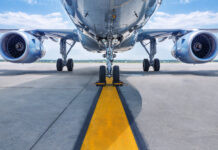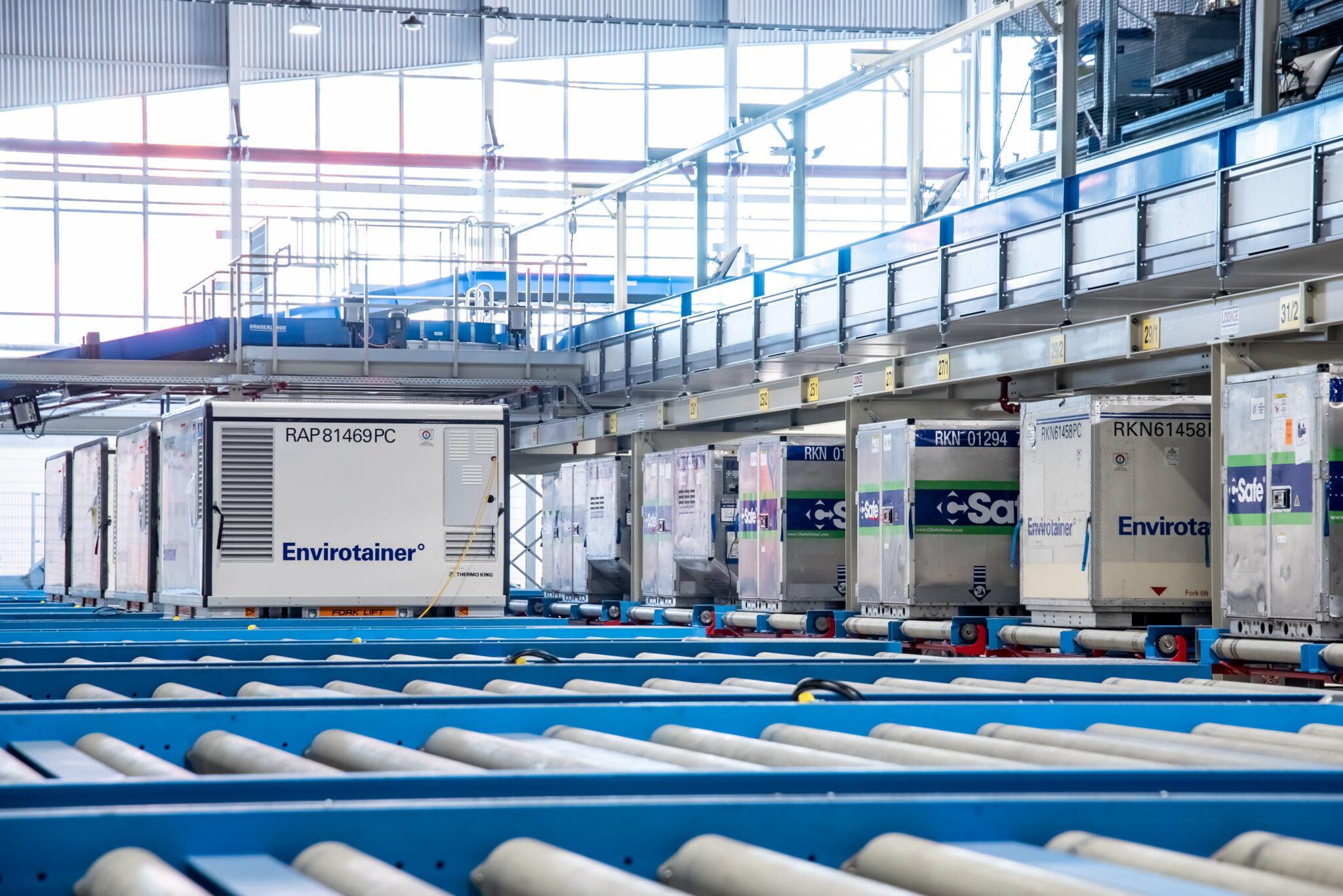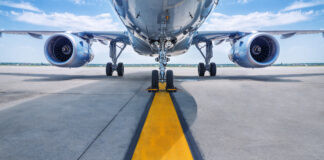

With the surge in global freight volumes in the first half of 2017 and the industry experiencing its fastest pace of growth since 2010, there is potential for aircraft conversions to provide important capacity.
Current market conditions still favour older generation aircraft being converted. However, the market is facing a transition to new-generation converted freighters for the long term.
That is the opinion of Leatherhead, England-based aviation consultants IBA head analyst – commercial and ageing aircraft, Jonathan McDonald.


He expects “an acceleration for replacement and growth from 2020, but not before, due to current high market value of new generation feedstock aircraft for conversions.”
In IBA’s August 2017 White Paper on aircraft conversions, McDonald writes that new production freighters are available only in the widebody category, above 40 tonnes payload, and include the B747-8F, B777F, B767-300ERF and A330-200F.
“Active cargo conversion programmes are only for medium widebody aircraft, from 40-80 tonnes payload, and include the B767-300ER and the A330-200/-300 under development,” he says.
“In the large widebody aircraft, above 80 tonnes payload, the last conversion programme was for the B747-400 with one B747-400 Combi to be converted by IAI for Asiana in 2017.”
He notes the B777-200ER/-300ER conversion is not yet launched and has been reportedly been under evaluation for over five years.
Currently there are no narrowbody, below 40 tonnes, production freighters offered by any Original Equipment Manufacturer (OEM) except for B737-700C (Convertible) at special order. Two were delivered to Air Algerie in 2016. The main barriers to an OEM offering a new narrowbody production freighter is the availability of older narrowbody passenger aircraft that can be at lower prices. If the OEMs developed a new narrowbody freighter it would likely need a price in excess of $60 million.
McDonald says: “Narrowbody freighters are mostly operated in low utilisation environments where the acquisition cost of a converted freighter must be low. Widebody freighters, mostly operate in higher utilisation environments, long legs, than narrowbody freighters.”
Miami-based Aeronautical Engineers (AEI) focuses exclusively on narrowbody freighters which are not available from any OEM.


AEI senior vice president – sales and marketing Robert Convey (pictured) says: “The main reason any airline would consider converting a passenger aircraft to a freighter is cost. Converted freighters can be up to 75 per cent cheaper than buying a factory freighter if available. Most narrowbody freight operators fly less than a 1,000 hours a year and only five days a week so the aircraft sits most of its life. It is this low utilisation that pushes them to find the lowest cost solution for lift.”
In contrast, according to McDonald, production freighters are favoured by operators that fly the aircraft for the entirety of its useful economic life. These operators benefit from low direct operating costs and high dispatch reliability and efficiency.
The general resale value of a conversion can make the trouble worthwhile. Convey says: “(Resale) is much higher. A passenger 737-400 will sell for $4 million, converted it will sell for $8 to $9 million.”
“With 2,000 plus freighters needed to meet demand over the next 20 years, investors, financiers, lessors, operators and converters need to understand the opportunities and risks,” says McDonald.
Singapore-based joint venture between ST Aerospace and Airbus, Elbe Flugzeugwerke (EFW), has secured a launch contract from Vallair Solutions Sàrl (Vallair) for its A321 passenger-to-freighter (P2F) conversion. Ten A321-200 passenger aircraft will be converted to a 14-pallet cargo configuration. The contract was followed by a Letter of Intent (LOI) with Guangdong Aerocity (GDA) for a potential order of 10 A320 P2F conversions.
There is industry talk of converting aircraft to one-pilot operation. Convey says: “This is the first step in introducing drones to our system. Tesla trucks only have one seat as the truck can drive on its own from point to point. It is regulations that keep the drive behind the wheel and the same will be true for aircraft.”
Asked by Air Cargo Week whether there are any aircraft that cannot be converted, Convey says: “No. Enough money and time, you can convert a can.”













